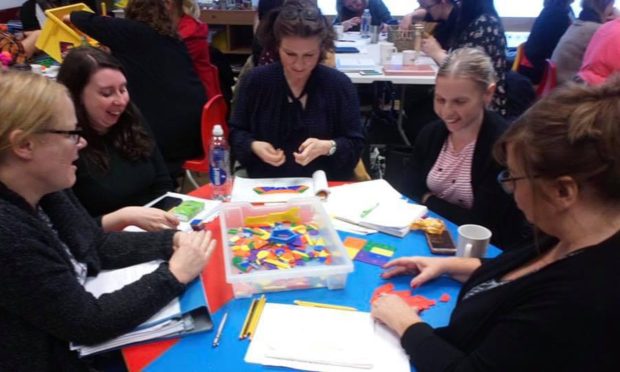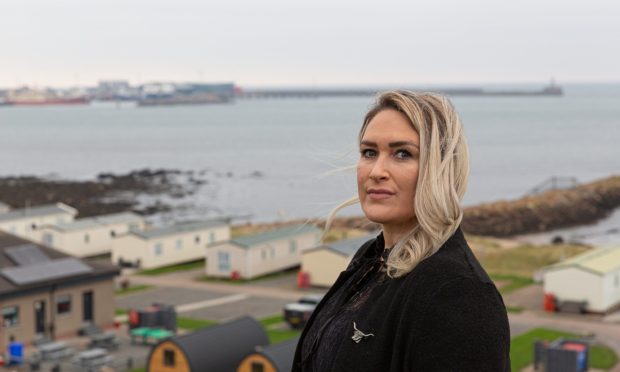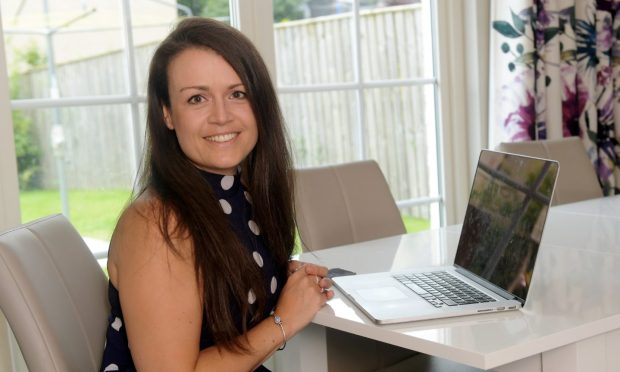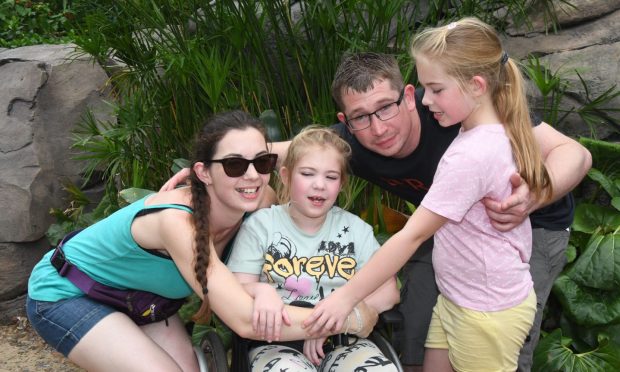They say the grass is always greener on the other side of the fence.
But what about across the pond?
When I started at the Press and Journal – my first job outside the US – I genuinely thought my vacation package was a mistake.
Clearly, HR had misplaced a decimal. For an American, 3.25 days vacation is much more believable than 32.5.
Even 30 vacation days would have been three times more than either my wife or I had ever been offered before.
I was shocked to learn that not only was this not a mistake but that my new colleagues had been living (and working) with the ability to take actual vacations for years.
Finding the right work-life balance can be one of the biggest challenges for working adults. And it isn’t just about vacation; it also impacts mental health, productivity and family cohesion.
Now that the pandemic has so many of us working from home, it can be easy to feel like there’s always more work to do and no time for the finer things.
But even through all the trouble of the past year, I continued to be impressed by Scotland’s work-life balance, and I began to wonder if I was the only one.
So I asked four families who had moved from America to the north and north-east of Scotland what they thought of the work-life balance in our new home.
In the process, I learned four big lessons, and we all agreed that if a work-life balance is important, there’s no need to look across the Atlantic for inspiration.
Lesson one: Not everyone feels guilty about taking a vacation
I was so used to avoiding time off because of the guilt trip and extra work it would incur, that I needed to relearn how to make a request. Tom Bishop said he’s familiar with that feeling.
Mr Bishop was born in Dunoon but grew up mostly in the US. Now, back living in Scotland with his wife, Jenn, and three young children, he thinks of himself as British but culturally American.
One of the defining features of that culture is the attitude towards work, he said. When his company recently hired an American IT consultant, Tom was tasked with briefing his new colleague on the differences.
“Although we speak English, it is a completely different culture. He got a two-week vacation package that was already much more generous than what most people would get in the US.
“And I let him know that it is expected that you will use it. And I had to give him the primer to put in for what he wants and not to feel guilty.
“When you do take your proper time off, you come back to the job much more relaxed and much more able to work.”
Lesson two: Parental leave is a given in Scotland
It’s a struggle for many Americans to get adequate maternity leave from their employers. Parental leave is even more of a longshot: according to research from Ball State University, less than 5% of American dads take two or more weeks of paternity leave.
And although federal law allows for up to 12 weeks in the first year of a child’s life, it isn’t mandatory and doesn’t apply to all workers.
Krystal Scott now lives on Skye after marrying her husband and moving from Texas. She recently gave birth and said that it provided a stark reminder of the way American employers deal with parenthood.
“The amount of support that’s provided for mothers compared to the US is really incredible. Knowing that the option for maternity leave is there is a huge weight off.
“In the states, I’d have to wonder how much vacation I have accrued, how much sick leave I can take. I’m going to have to leave my baby when they’re like two months old at the best.”
She said that the UK allocation of up to 52 weeks of maternity leave shows a level of respect for mothers and parenthood that she didn’t feel everywhere in the US.
Lesson three: Employers can be understanding
Jennifer Martin, who moved from America and now lives in Aberdeenshire, said she’s noticed her employers are much more understanding when it comes to family obligations.
“I guess I feel like I have rights, whereas at home in America they could let you go for anything. Any day you go into work could be the last.
“But over here, if I’m going to be late because I have a parent-teacher conference or the Christmas play or something, the response is, ‘Of course!’ It really feels like family comes first.”
Lesson four: Being sick and being on vacation aren’t the same
Nancy Andrews moved to England from Atlanta, Georgia. She lived there for 15 years before moving north to the Highlands. Now, she works for the NHS at Raigmore Hospital. She feels like her time and her career are more valued here than in the US.
“I’ve been working with the NHS for a while now, and I’ve worked my way up to 41 paid holiday days a year. And I was thinking back on that recently, and I don’t think I ever had a paid vacation working in the US.
“In general at the places I worked, you would get so many hours of paid time off per time worked. But invariably my paid time off would have to go toward looking after sick children; because vacation and sick leave were in the same pot.”
Striking a work-life balance
The average full-time American worker gets 11 days of paid vacation after one year of work. That number can increase to an average of 20 days over a 20-year career. In the UK, almost all workers are legally entitled to 5.6 weeks’ paid vacation every year.
For a regular full-time worker working five days a week, that’s 28 days a year.
Jenn Bishop said that she’s found the relative abundance of vacation time to provide its own pitfalls. It’s easy to take the time for granted and it can be difficult to manage. But still, she prefers the system in her new home.
“I would say it’s easier to strike a work-life balance. You still have to work at it. But when your employer is giving you the right tools it makes it a lot easier.”
Read more from the Schools & Family team
Holiday Blues? Expert help for navigating the holidays after losing a loved one
North and north east councils prepared if schools are forced to close












